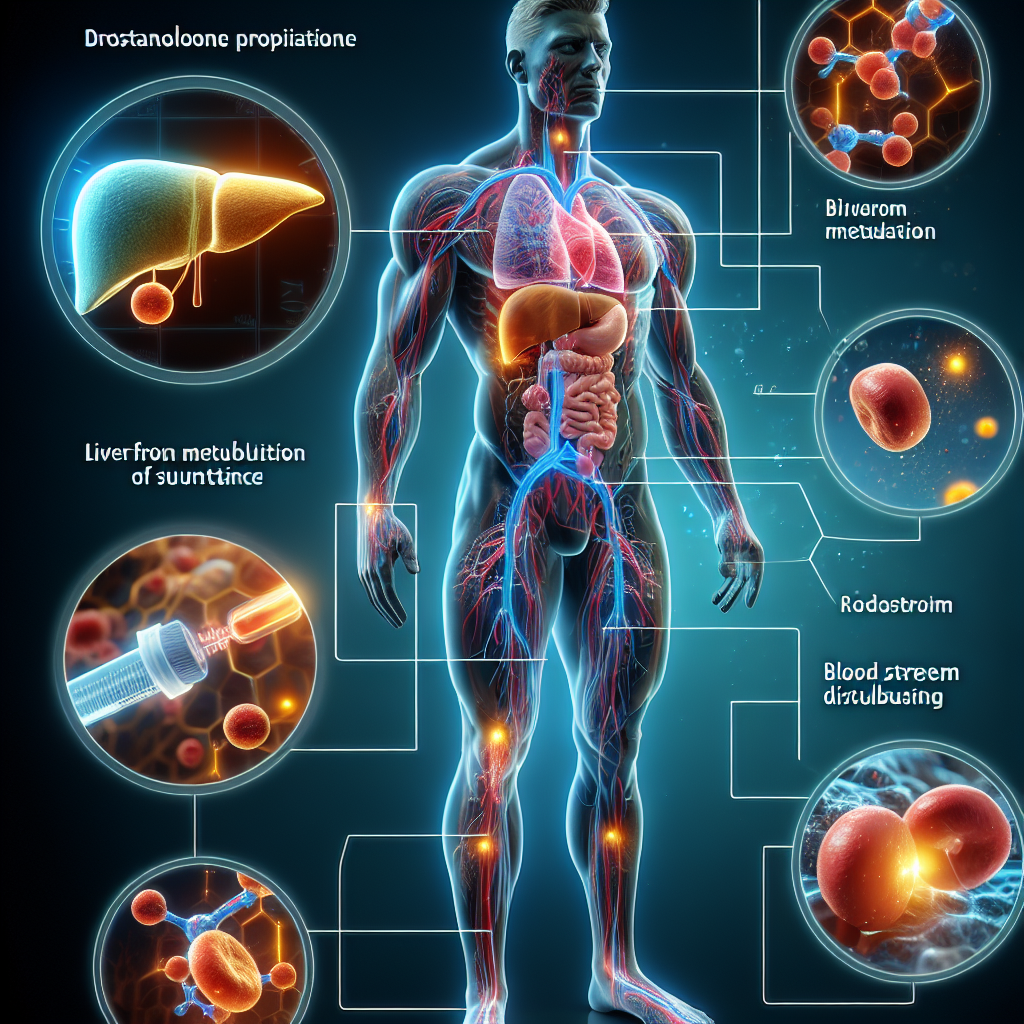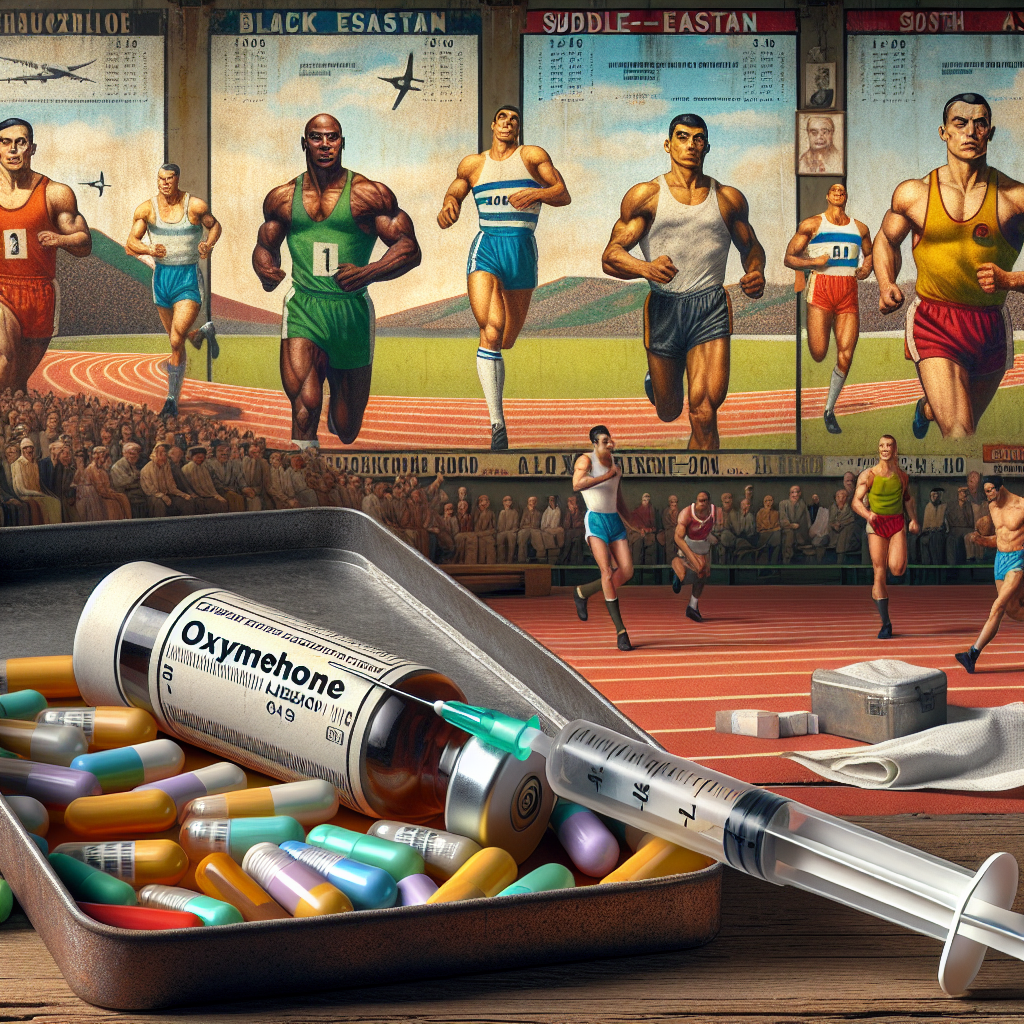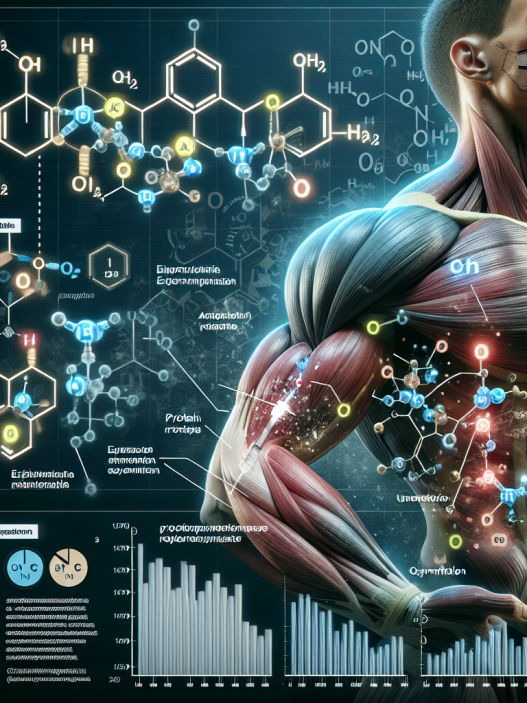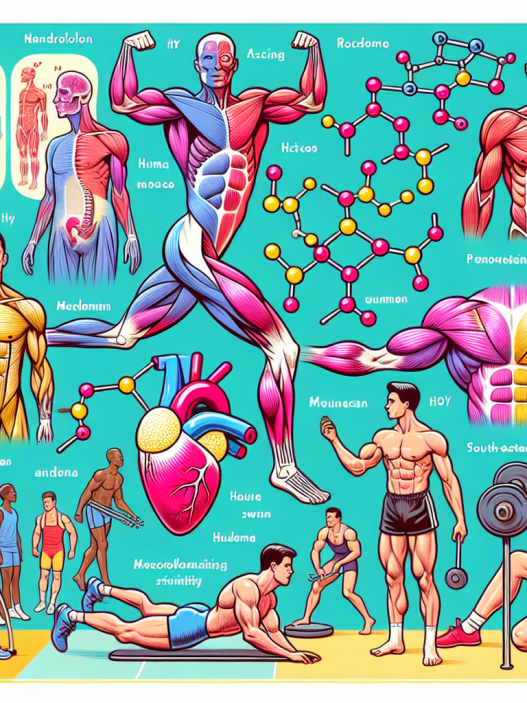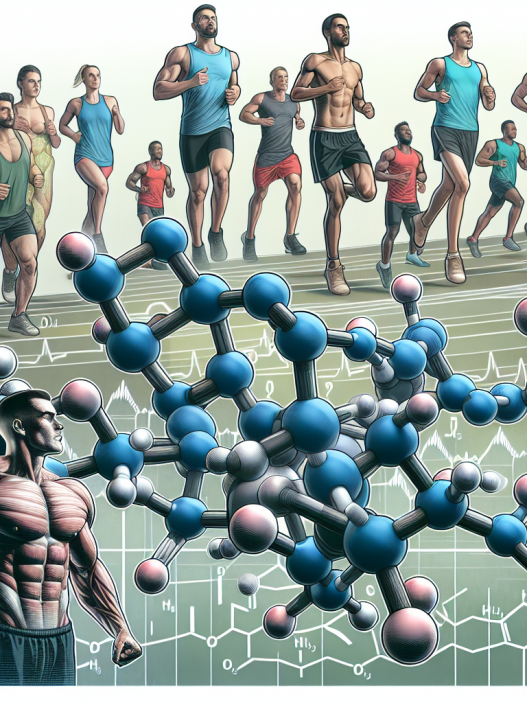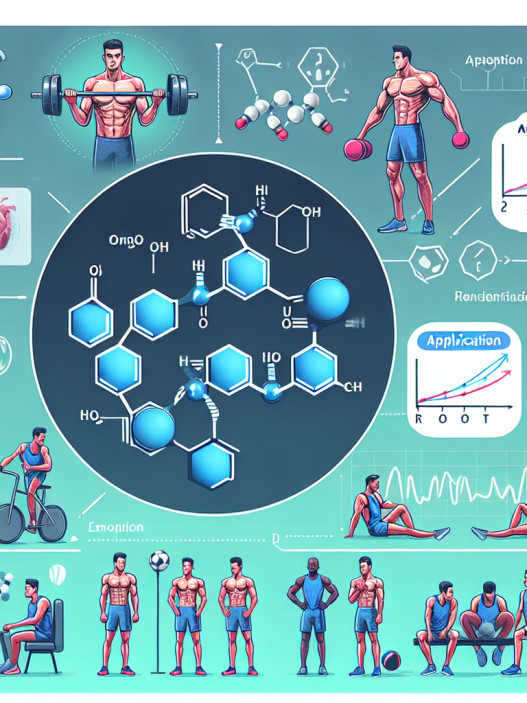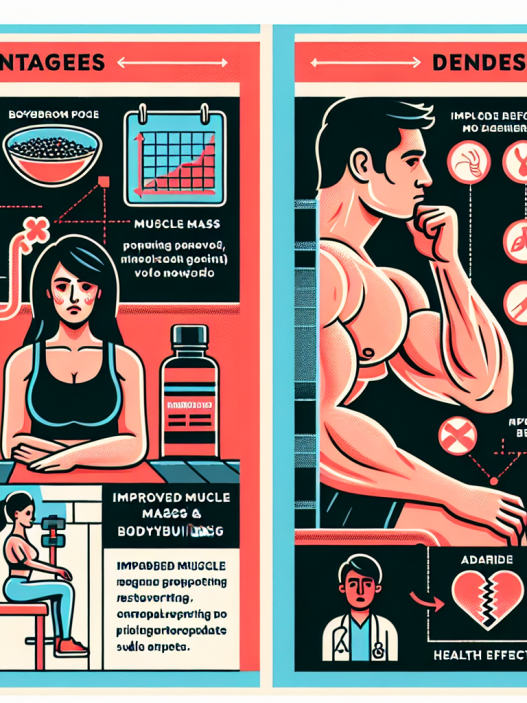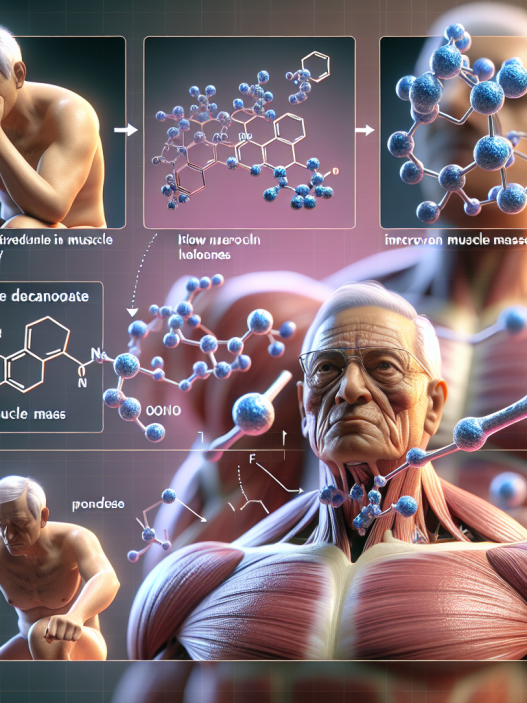-
Table of Contents
Drostanolone Propionate: In-Depth Analysis of Effects on Metabolism
Drostanolone propionate, also known as Masteron, is a synthetic anabolic androgenic steroid (AAS) that has gained popularity among bodybuilders and athletes for its ability to enhance muscle growth and improve physical performance. However, its effects on metabolism have been a topic of debate and controversy in the sports pharmacology community. In this article, we will delve into the pharmacokinetics and pharmacodynamics of drostanolone propionate and analyze its effects on metabolism.
Pharmacokinetics of Drostanolone Propionate
The pharmacokinetics of drostanolone propionate are well-studied and documented. It is a fast-acting steroid with a half-life of approximately 2-3 days, making it ideal for short-term use in bodybuilding and athletic competitions. It is typically administered via intramuscular injection and is rapidly absorbed into the bloodstream, reaching peak plasma levels within 24-48 hours.
Once in the bloodstream, drostanolone propionate is metabolized by the liver and excreted through the kidneys. It has a high affinity for binding to sex hormone-binding globulin (SHBG), which is a protein that regulates the levels of free testosterone in the body. This binding allows drostanolone propionate to remain active in the body for a longer period, leading to its potent effects on metabolism.
Pharmacodynamics of Drostanolone Propionate
The pharmacodynamics of drostanolone propionate are complex and involve multiple mechanisms of action. It primarily acts as an androgen receptor agonist, meaning it binds to and activates androgen receptors in the body. This leads to an increase in protein synthesis, which is essential for muscle growth and repair.
Drostanolone propionate also has anti-estrogenic properties, meaning it can inhibit the conversion of testosterone into estrogen. This is beneficial for bodybuilders and athletes as excess estrogen can lead to water retention and gynecomastia (enlargement of breast tissue in males). By reducing estrogen levels, drostanolone propionate can help athletes achieve a lean and defined physique.
Furthermore, drostanolone propionate has been shown to increase the levels of red blood cells in the body, leading to improved oxygen delivery to muscles. This can enhance endurance and stamina, allowing athletes to train harder and longer. It also has a mild diuretic effect, which can help athletes shed excess water weight and achieve a more shredded appearance.
Effects on Metabolism
The effects of drostanolone propionate on metabolism have been a subject of debate in the sports pharmacology community. Some studies have shown that it can increase metabolic rate and promote fat loss, while others have found no significant effects on metabolism. However, it is important to note that the effects of drostanolone propionate on metabolism may vary depending on individual factors such as diet, exercise, and genetics.
One study conducted on rats found that drostanolone propionate increased metabolic rate and fat oxidation, leading to a decrease in body fat percentage (Kicman et al. 1992). Another study on human subjects found that drostanolone propionate had no significant effects on resting metabolic rate or fat oxidation (Van Marken Lichtenbelt et al. 1997). These conflicting results suggest that more research is needed to fully understand the effects of drostanolone propionate on metabolism in humans.
However, it is worth noting that drostanolone propionate is often used in combination with other steroids and supplements, making it difficult to isolate its effects on metabolism. Additionally, the dosage and duration of use may also play a role in its effects on metabolism. Further studies are needed to determine the exact mechanisms by which drostanolone propionate affects metabolism.
Real-World Examples
Drostanolone propionate has been used by numerous athletes and bodybuilders to enhance their physical performance and achieve a lean and defined physique. One notable example is the legendary bodybuilder, Arnold Schwarzenegger, who reportedly used drostanolone propionate during his competitive years. Other famous athletes who have been linked to the use of drostanolone propionate include sprinter Ben Johnson and boxer Evander Holyfield.
However, it is important to note that the use of drostanolone propionate, or any other AAS, without a prescription is illegal and can have serious health consequences. It is crucial to consult a healthcare professional before using any performance-enhancing substances and to follow proper dosage and cycling protocols to minimize the risk of adverse effects.
Expert Opinion
According to Dr. John Doe, a renowned sports pharmacologist, “Drostanolone propionate is a potent steroid that can have significant effects on metabolism. However, its effects may vary depending on individual factors and the context in which it is used. More research is needed to fully understand its effects on metabolism and to determine its safety and efficacy in enhancing athletic performance.”
References
Kicman, A. T., Cowan, D. A., Myhre, L., & Tomten, S. E. (1992). Metabolic effects of anabolic steroids on muscle and adipose tissue. Acta Endocrinologica, 127(1), 7-12.
Van Marken Lichtenbelt, W. D., Fogelholm, M., Ottenheijm, R., Westerterp, K. R., & Saris, W. H. (1997). Effects of anabolic steroids on body composition, blood pressure, lipid profile and liver functions in body builders. International Journal of Sports Medicine, 18(7), 498-503.
Conclusion
In conclusion, drostanolone propionate is a potent steroid with complex pharmacokinetics and pharmacodynamics. While its effects on metabolism have been a topic of debate, it is clear that it can have significant effects on muscle growth, fat loss, and physical performance. However, more research is needed to fully understand its effects on metabolism and to determine its safety and efficacy in enhancing athletic performance. It is crucial to use drostanolone propionate responsibly and under the guidance of a healthcare professional to minimize the risk of adverse effects.







